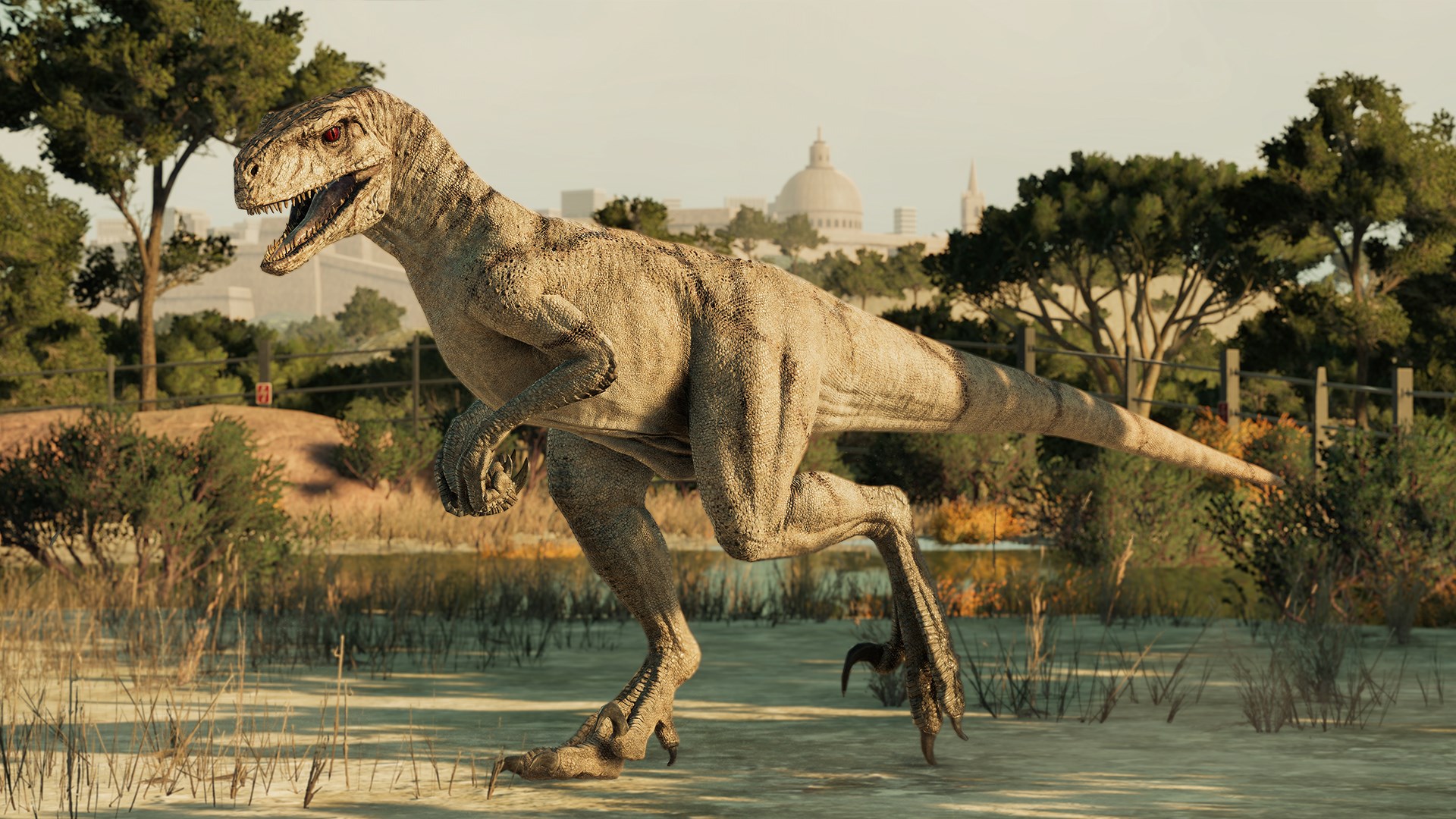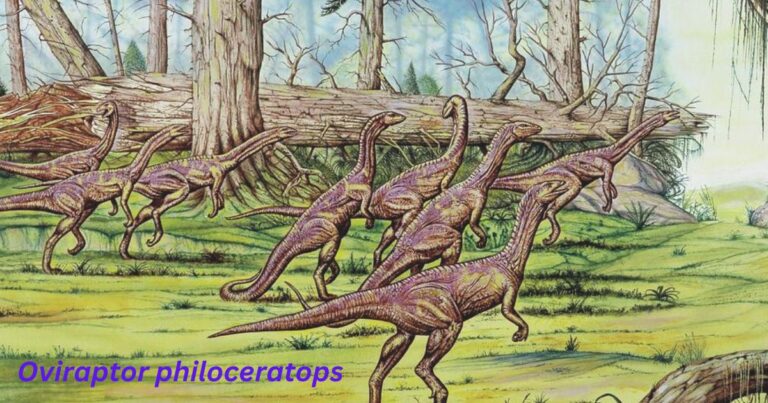
Oviraptors, a fascinating group of theropod dinosaurs, have long intrigued paleontologists and dinosaur enthusiasts alike. Known for their unique beak-like jaws and distinctive crest on their heads, these creatures lived during the Late Cretaceous period.
But one of the most compelling aspects of their biology is their feeding behavior. How did Oviraptors hunt for food? This article delves into the strategies and adaptations that allowed these intriguing dinosaurs to find sustenance in their environments.
Table of Contents
ToggleA Closer Look at Oviraptors
Oviraptors were relatively small, measuring about 6.5 to 8 feet long. They were bipedal, equipped with strong hind limbs that enabled swift movement. Their beak-like jaws suggest they had a diet that could include both plants and animals, indicating versatility in their feeding habits.
Unlike many of their theropod relatives, which were primarily carnivorous, Oviraptors exhibited a more omnivorous approach to food.

Hunting Strategies
- Foraging Behavior: Oviraptors are believed to have been opportunistic feeders, scavenging for food rather than actively hunting larger prey. Their beaks would have been well-suited for foraging, allowing them to sift through vegetation or debris in search of small animals, insects, or plant material.
- Egg Predation: The name “Oviraptor” means “egg thief,” reflecting early theories that these dinosaurs primarily preyed on the eggs of other dinosaurs. Fossil evidence supports this idea; some Oviraptor specimens have been found near nests containing eggs, suggesting they may have raided these nests for food. Their beaks could have easily cracked open eggs, allowing them access to the nutritious contents inside.
- Pack Behavior: Some paleontologists suggest that Oviraptors may have hunted in small groups, similar to modern-day birds. This social behavior could have enhanced their hunting efficiency, allowing them to cover more ground and locate food sources more effectively.
Adaptations for Hunting
Oviraptors were equipped with several adaptations that facilitated their hunting and foraging strategies:
- Strong Legs: Their powerful hind limbs not only provided speed but also agility, allowing them to maneuver quickly through their habitats in search of food.
- Keen Senses: While the specifics of their sensory abilities remain speculative, it is likely that Oviraptors possessed keen eyesight and possibly a good sense of smell, helping them locate food and detect predators.
- Beak Structure: Their beak-like jaws were designed for a variety of feeding methods. This adaptation allowed them to grasp and manipulate food items, whether they were cracking open eggs or stripping leaves from plants.
Ecological Role
Oviraptors likely played an important role in their ecosystems, acting as both predator and prey. By consuming eggs and small animals, they helped regulate populations of other species, while also serving as a food source for larger predators. Their adaptability in diet and feeding strategies would have allowed them to thrive in diverse environments.
Conclusion
The hunting and feeding behaviors of Oviraptors reflect a complex interplay of adaptations and ecological interactions. While they may not have been the fearsome hunters that their theropod cousins were, their opportunistic foraging and potential egg predation highlight their unique place in the dinosaur hierarchy.
As research continues and new fossil evidence emerges, our understanding of how Oviraptors hunted for food will undoubtedly evolve, revealing even more about these intriguing creatures that once roamed the Earth. For more Stegosaurus information check the dinorepeat.






